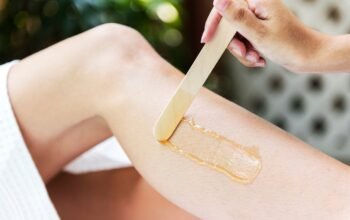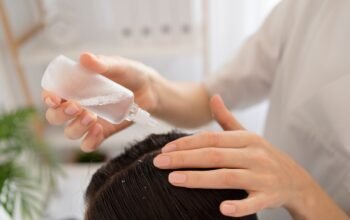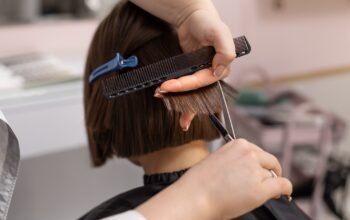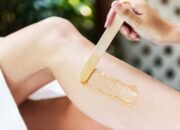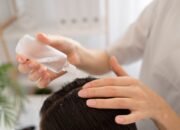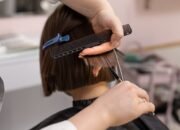middleportal.com – Have you ever accidentally marked your skin with a Sharpie and wondered how to get rid of it? Or maybe you used a Sharpie for a temporary tattoo or a prank and now you want to erase it. Whatever the reason, you don’t have to worry. There are many ways to remove Sharpie from skin, using common household items or products you can find at the store. Here are some of the best methods to try.
Alcohol:
One of the most effective and widely available products for removing permanent marker from skin is alcohol. You can use rubbing alcohol, which is also known as isopropyl alcohol or spiritus, or any other alcohol-based product, such as hand sanitizer, nail polish remover, or hairspray. Alcohol works by dissolving the ink and breaking down its pigment.
To use alcohol, simply dip a cotton ball, a cotton swab, or a paper towel in the product and hold it on the skin for a few seconds. Then, rub the area gently until the ink fades away. You may need to repeat the process several times, depending on how dark the stain is. Be careful not to rub too hard, as this may irritate your skin. Also, avoid using alcohol near your eyes, mouth, or any open wounds, as it may sting or cause damage.
Oil:
Another option for removing Sharpie from skin is oil. You can use any kind of oil, such as olive oil, coconut oil, baby oil, or vegetable oil. Oil works by loosening the ink and making it easier to wipe off.
To use oil, massage a small amount of it into the stain, then wash and rinse the area with soap and water. You may need to repeat the process a few times, depending on how stubborn the stain is. Oil is gentle on the skin and can also moisturize it, but it may leave a greasy residue, so make sure to wash it off thoroughly.
Magic Eraser:
A Magic Eraser is a type of cleaning sponge that can remove dirt, grime, and stains from various surfaces, including skin. It is made of melamine foam, which acts like a fine sandpaper and scrubs off the ink.
To use a Magic Eraser, wet it with water and squeeze out the excess. Then, rub the stained area gently until the ink disappears. You may need to rinse the sponge and the skin occasionally, as the ink may transfer to the sponge. Be careful not to rub too hard, as this may cause abrasion or irritation to your skin. Also, avoid using a Magic Eraser near your eyes, mouth, or any open wounds, as it may be harmful.
Toothpaste:
Toothpaste is another product that can help remove Sharpie from skin. Toothpaste contains baking soda, which is a mild abrasive that can scrub off the ink. It also contains hydrogen peroxide, which is a bleaching agent that can lighten the stain.
To use toothpaste, apply an appropriate amount of it to a dry makeup remover cotton pad, a cotton ball, or a paper towel. Rub the stained area gently, following the grain of the skin. Repeat as needed, until the ink is gone. Then, wash and rinse the area with soap and water. Toothpaste is safe and gentle on the skin, but it may cause a slight tingling sensation, so be careful not to use it near your eyes, mouth, or any open wounds.
Butter:
Butter is another household item that can remove Sharpie from skin. Butter contains fat, which can dissolve the ink and make it easier to wipe off.
To use butter, take a spoonful of it and rub it on the stained area. Let it sit for 2-3 minutes, then use a cloth or a paper towel to rub it into the stain. You may need to repeat the process a few times, depending on how dark the stain is. Then, wash and rinse the area with soap and water. Butter is gentle on the skin and can also nourish it, but it may leave a greasy residue, so make sure to wash it off well.
Sharpie ink can be hard to remove from skin, but it is not impossible. There are many methods you can try, using products you may already have at home or can easily find at the store. The best method for you may depend on how dark the stain is, how sensitive your skin is, and what products you have available. Always test a small area of your skin first, to make sure you are not allergic or sensitive to the product. Also, avoid using any product near your eyes, mouth, or any open wounds, as it may cause harm. If the stain persists or causes any irritation, consult a doctor or a dermatologist.


